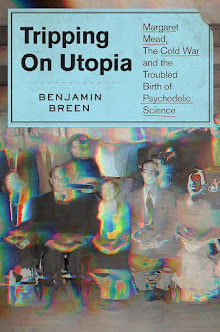My apologies for the gap in posts recently - recently I've had to concentrate on my actual work a bit more. But I wanted to share two things: some extracts from the bizarrely detailed index of the seventeenth century buccaneer William Dampier's Voyages
First, the index -- which reminds me a bit of Jorge Luis Borges' famous citation of a fictional
"Chinese encyclopedia called the Heavenly Emporium of Benevolent Knowledge. In its distant pages it is written that animals are divided into (a) those that belong to the emperor; (b) embalmed ones; (c) those that are trained; (d) suckling pigs; (e) mermaids; (f) fabulous ones; (g) stray dogs; (h) those that are included in this classification; (i) those that tremble as if they were mad; (j) innumerable ones; (k) those drawn with a very fine camel's-hair brush; (l) etcetera; (m) those that have just broken the flower vase; (n) those that at a distance resemble flies."Whoever compiled Dampier's index does not go quite this far, but some of its hair-splitting distinctions are both utterly surreal and at times quite funny (such as the first example below, which distinguishes between "Bells, musical, struck upon, 342" and "Bells, with claws, worshipt, 411.") Its also a testament to the amazing variety of Dampier's observations and writings. Some examples, taken from the Google Books link given above:
In some cases, the index even seems to tell a story, or at least hints of one. The entry for 'night' for instance, has a palpable flavor of the uncanny:
Now on to Linschoten's beautiful images. A Dutch-born mariner in the service of the Portuguese during the height of their Estado da Índia (the Portuguese empire in the Indian Ocean, centered on the city-state of Goa), Jan van Linschoten (1563-1611) was a careful observer of foreign customs. He published his findings in the Netherlands , and in the process helped turn the tide of world trade toward the nascent Dutch Republic by revealing many of the secret spice routes and sea charts of the Portuguese in India, who held a virtual monopoly on key commodities such as cinnamon and pepper at the time.
The following images come from Linschoten's 1599 book of travels, the Itinerario:
 |
| "Fusta, which was used by the Portuguese and their enemies, the Malabares, for trading and warfare." Hand colored engraving. |
 | ||
| The main street of the city of Goa, hand-colored illustration. A fascinating image of daily-life in a colonial capitol, complete with money-changers, merchants, porters and slaves. |
 |
| The title page of the original Dutch edition. |










No comments:
Post a Comment